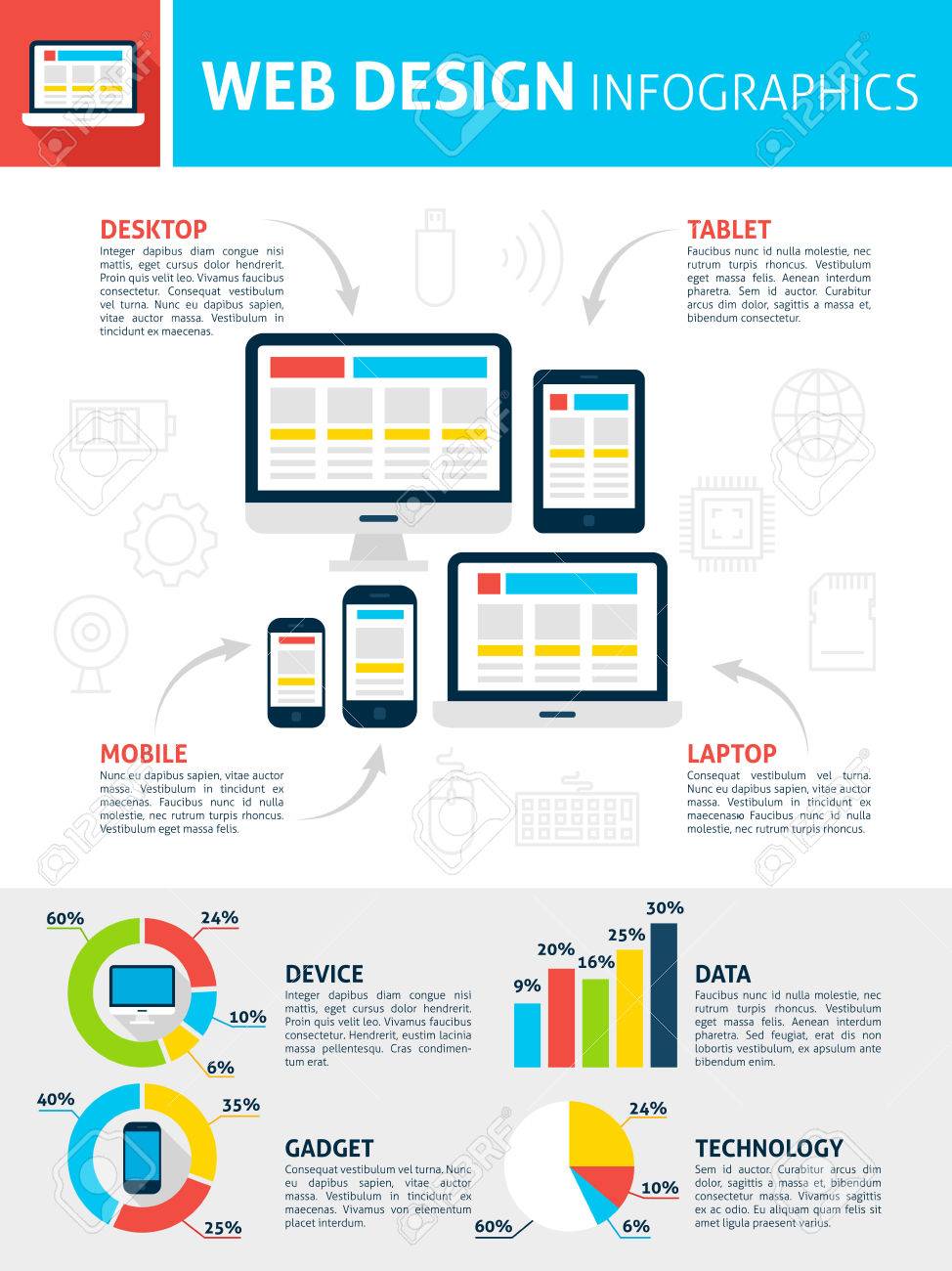Intrigued In Learning Exactly How Site Design Has Altered Throughout The Years? Explore The Progression From Fundamental, Straightforward Styles To User-Centered Methods That Focus On The Requirements And Preferences Of On The Internet Site Visitors
Intrigued In Learning Exactly How Site Design Has Altered Throughout The Years? Explore The Progression From Fundamental, Straightforward Styles To User-Centered Methods That Focus On The Requirements And Preferences Of On The Internet Site Visitors
Blog Article
Authored By-Abel Cantu
In the past, internet sites were straightforward and focused on details. Navigation was direct, and design was for desktops. Currently, user experience is essential. Data guides styles for easy navigation. Receptive formats match various tools. Today, dark mode reduces stress, and minimalist menus improve navigation. Interactive attributes involve individuals, and vibrant visuals stick out. https://inboundcontentmarketing94940.howeweb.com/30441717/how-to-produce-engaging-ad-duplicate-for-your-ppc-campaigns improves interaction. See exactly how layout has progressed to improve your on the internet journey.
Very Early Days of Website Design
In the very early days of web design, simplicity reigned supreme. Websites were standard, with minimal colors, font styles, and layouts. The emphasis was on supplying info as opposed to fancy visuals. Customers accessed the net through slow-moving dial-up connections, so rate and capability were crucial.
Navigating expert seo consultant were straightforward, normally located on top or side of the page. Websites were created for computer, as mobile browsing wasn't yet prevalent. Material was king, and designers prioritized easy readability over complex style components.
HTML was the key coding language made use of, and developers had to work within its restrictions. Animations and interactive features were minimal contrasted to today's requirements. Websites were fixed, with little vibrant material or individualized customer experiences.
Increase of User-Focused Layout
With the development of web site layout, a change in the direction of user-focused design principles has actually ended up being progressively famous. Today, creating websites that prioritize individual experience is important for involving site visitors and attaining service objectives. User-focused layout entails recognizing the demands, preferences, and behaviors of your target market to customize the website's design, web content, and includes as necessary.
Designers currently carry out extensive research study, such as customer studies and functionality screening, to collect understandings and feedback directly from customers. This data-driven method helps in developing instinctive navigating, clear calls-to-action, and aesthetically appealing user interfaces that resonate with site visitors. By putting the individual at the facility of the design process, internet sites can provide a much more tailored and delightful experience.
Responsive design has additionally become a crucial element of user-focused style, guaranteeing that internet sites are enhanced for numerous gadgets and display dimensions. This flexibility enhances ease of access and functionality, accommodating the diverse methods customers engage with internet sites today. Essentially, the surge of user-focused design represents a shift in the direction of producing digital experiences that focus on the demands and expectations of the end user.
Modern Trends in Web Design
Discover the latest patterns forming website design today. One prominent fad is dark mode layout, supplying a smooth and modern appearance while lowering eye pressure in low-light atmospheres. An additional crucial pattern is minimal navigating, simplifying food selections and enhancing individual experience by concentrating on essential elements. Integrating micro-interactions, such as animated switches or scrolling effects, can develop a more appealing and interactive website. Responsive style continues to be essential, making sure seamless individual experiences across different gadgets. Furthermore, making use of bold typography and asymmetrical formats can include visual rate of interest and draw attention to specific web content.
Integrating AI technology, like chatbots for customer support or tailored recommendations, boosts user interaction and improves processes. Ease of access has additionally become a significant pattern, with designers prioritizing comprehensive style practices to accommodate diverse customer needs. Embracing sustainability by optimizing internet site efficiency for speed and performance is another emerging trend in website design. Collaborating with individual feedback and information analytics to repeat and improve style continuously is essential for remaining relevant in the ever-evolving digital landscape. By embracing these modern-day fads, you can develop an aesthetically appealing, easy to use internet site that reverberates with your audience.
Conclusion
As you reflect on the evolution of site layout from the early days to currently, you can see exactly how user-focused design has come to be the driving pressure behind contemporary fads.
Embrace the journey of adjustment and adjustment in website design, constantly maintaining the customer experience at the leading edge.
Stay present with the most up to date fads and technologies, and never ever quit evolving your technique to produce aesthetically spectacular and straightforward websites.
Develop, adjust, and create - the future of web design remains in your hands.
